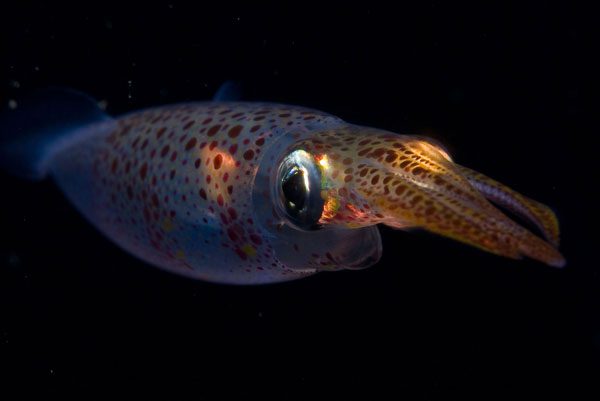Non-Managed Species: Overview
 Fisheries resources provide an important part of the food supply and supporting many people’s livelihoods across the EU. Therefore, they need to be managed responsibly by both policymakers and fishermen, with an appropriate control system needed to guarantee that the stock is not overexploited and that fishing activity does not cease to be economically viable in the medium to long term.
Fisheries resources provide an important part of the food supply and supporting many people’s livelihoods across the EU. Therefore, they need to be managed responsibly by both policymakers and fishermen, with an appropriate control system needed to guarantee that the stock is not overexploited and that fishing activity does not cease to be economically viable in the medium to long term.
Managing fish stocks and ensuring they are maintained within sustainable levels is a binding obligation under EU Regulations and International agreements. And yet, 686 species (82% of total) are still exploited and commercialised by the EU fleet without sound management measures, and for most of them the stock status is unknown. In terms of volume, they represent a significant proportion (31%) of the EU fleet total captured volume and 36% of the total economic value of captures landed in EU ports.
Examples of non-managed or partially managed species for which an improvement of management measures should be implemented, according to different criteria:
Vulnerability: red porgy, groupers, shads, squids, stony sea-urchin, sea-cucumbers
Catches: pilchard, anchovy, skipjack tuna, round sardinella, yellowfin tuna, great Atlantic scallop
Value: deepwater rose shrimp, red mullet, spottail mantis squillid, horned & musky octopuses, hake, common spiny lobster.

